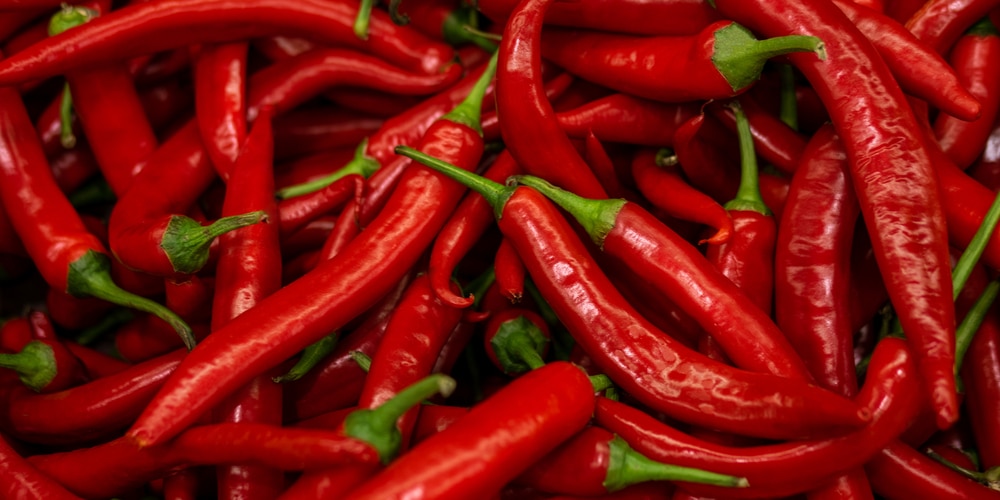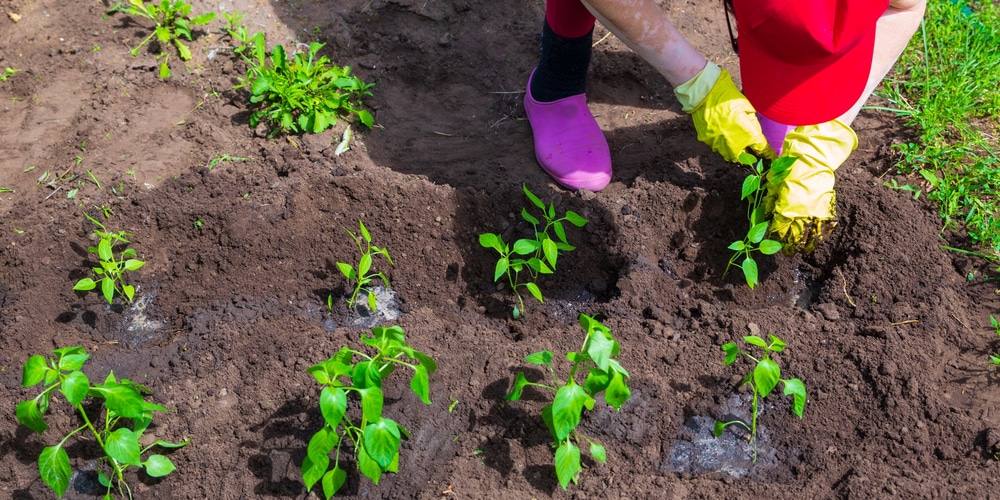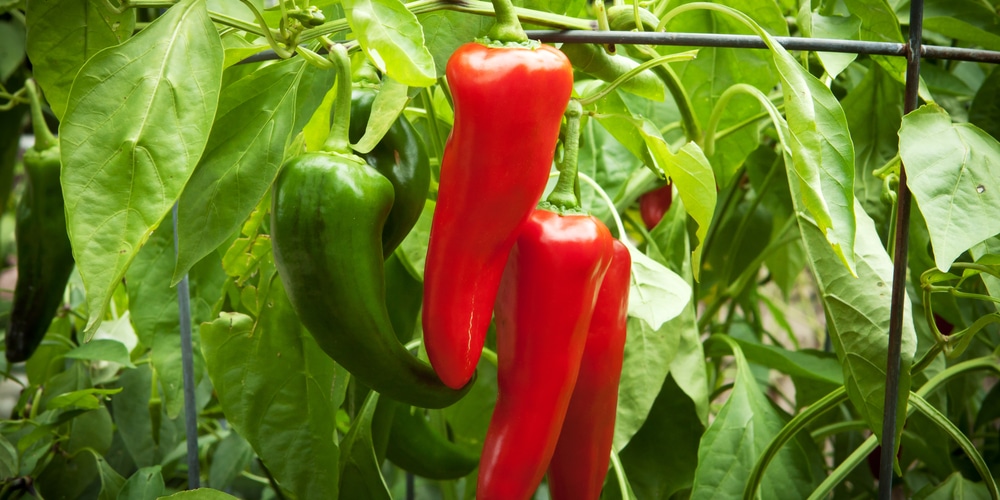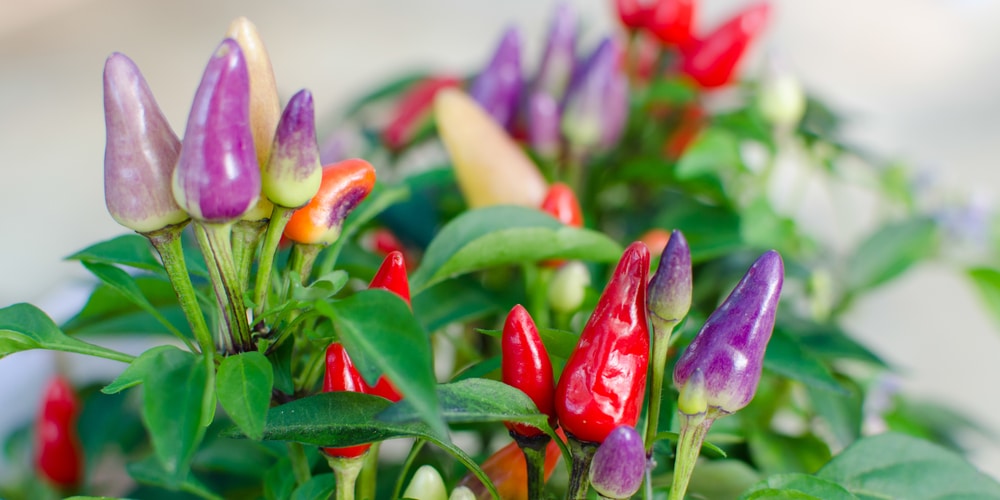Peppers are popular vegetables to grow in a yard. They are not particularly challenging to grow and are delicious to eat raw, grilled, or stuffed. If you are from Oregon and tried planting peppers before, you might have noticed that the region doesn’t have the ideal climate for their growth. You may be wondering, ‘when to plant peppers in Oregon?’
Quick Answer
Because these plants prefer warmth, you should start your plant’s seeds indoors. You can then transplant your peppers outdoors between late May and early June.
With proper care, you shouldn’t have problems growing peppers in Oregon. Besides giving your plants what they need to survive, you should also investigate the ideal time of the year to plant peppers.
To learn when to plant peppers in Oregon, keep reading. Here, we included everything you should know about growing these vegetables in your region and how to make the most out of your crops!
Growing Peppers in Oregon
Oregon includes the USDA hardiness zone from 5 to 9a. Depending on which part of the state you live in, you might have to choose a different pepper variety.
The good news is that you can select among plenty of species. So many that it can be overwhelming. For instance, there are more than 200 types of bell peppers and plenty of hot chilis.
Always check with their requirements to ensure your area suits their need. Don’t forget that most peppers do best at temperatures above 70F.
The best varieties to plant in Oregon include the “Italian Sweet” peppers, the Lady Bell, Conchos, Aji Amarillo, Jolene’s Red, and the Yankee Bell. But when should you plant your peppers outside?
And what can you do to ensure you get plenty of harvests? Jump to the following sections to learn from our tips!
When to Plant Peppers in Oregon
Because these plants prefer warmth, you should start your plant’s seeds indoors. Of course, that might depend on which part of the country you live in: in the southern regions of Oregon, you’ll have an easier time growing peppers.
We recommend you transplant your veggies outdoors between late May and early June. The air temperature should be consistently above 70F and no lower than 60F at night. While this might sound trivial, you must check your local climate.
Some varieties might not blossom at lower temperatures, which will result in no harvest. Planting your peppers too early might cause them to die prematurely, while doing so too late means your peppers won’t give you any crops before the first fall frost.
When starting your seeds indoors, don’t forget to harden your seedlings off. The process only takes a couple of days, and it is crucial to gradually expose your plants to the external conditions and make them stronger.
Check with the growing requirements of the species you decide to grow and plan to plant their seeds according to their time to maturity.
But how can you successfully grow peppers in Oregon?
Our Tips for Getting Plenty of Crops from Your Pepper Plants in Oregon
Peppers thrive in warm and dry weather. If you need to raise the temperatures in the soil, cover it with a layer of plastic mulch. Also, don’t forget to add compost or manure to improve the nutrient content in the substrate.
While peppers aren’t heavy feeders compared to other plants, they will benefit from the addition of a mild slow-release fertilizer.
We recommend you invest in a high-quality product: even if it might cost slightly more than cheaper versions, it will ensure your plants get all the nutrition they need for their healthy growth.
Peppers also love moisture. Of course, the frequency you should add extra water to your plants will depend on your local climate and soil type. Remember not to overdo it: always feel the soil with your fingers before watering your vegetables.
If it is still wet (or moist), wait for a couple of days. Ideally, water them weekly. Be consistent to avoid root rot, prevent the spread of diseases, and provide even moisture.
Don’t forget that mulching around your plants can increase water retention, improve drainage, and regulate the soil temperature. Doing so comes in handy especially during the hot months of the summer, when your plants might dry faster.
When to Plant Peppers in Oregon: Final thoughts
Harvest your peppers when they reach maturity: you might be able to tell from their color and size. After that, you can store your vegetables for up to 3 weeks in the refrigerator.
Related Article: How Big and Tall Do Peppers Grow?



